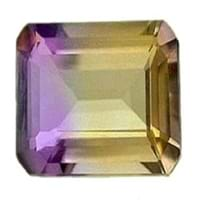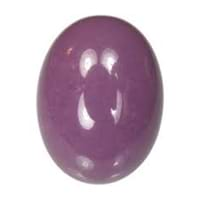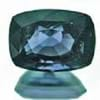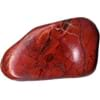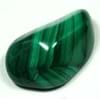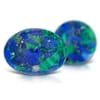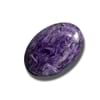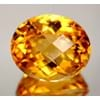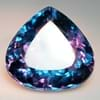Origin
Brazil, Color: bi-color, violet / yellow, Hardness: 7, Refractive index: 1.54 1.55, Density: 2.65 2.66, Chemical composition: SiO2, Crystal structure: hexagonal, Lustre: vitreous, Origins: Brazil, Bolivia, Uruguay. Ametrine is a bi-color variety of quartz, Yellow, Orange, Bolivia, Brazil, India, Yellow, Orange, Bolivia, Brazil, India
USA
Color
Yellow
Red, Reddish, Violet, Blue, Green, Colorless, pink
Streak
Not Available
White
For which Rashi?
Scorpio, Libra, Virgo, Scorpio, Libra, Virgo, Scorpio
Not Available
Planet
Mercury
Not Available
Element of Planets
Water
Not Available
Energy
Receptive
Not Available
Finger
Not Available
Not Available
Ring Metal
Not Available
Not Available
Deities
Goddess
Not Available
Not to wear with
Not Available
Not Available
Powers
Healing
Not Available
Planetary
Not Available
Not Available
Talisman
Not Available
Not Available
Tenacity
Not Available
Not Available
Solubility
Not Available
Not Available
Durability
Not Available
Not Available
Specific Gravity
2.65
2.74-2.76
Fracture
Not Available
UnevenAnthony et al, Handbook of mineralogy (2001), UnevenAnthony et al, Handbook of mineralogy (2001), Uneven
Cleavage
Indiscernible
{010} Perfect, {001} Distinct
Chemical Composition
SiO2
Fe3+ PO 4 · 2H 2OAnthony et al , Handbook of Mineralogy (2001)
Pleochroism
Not Available
Pale rose-red carmine-red colorlessAnthony et al
Transparency
Transparent
Transparent
Refractive Index
1.544-1.553
1.692-1.739
Optic Character
Not Available
Not Available
Crystal System
Trigonal
Not Available
Birefringence
0.009
0.240
Clarity
Transparent
Transparent
Neurological
Not Available
Not Available
Cardiovascular
Not Available
Not Available
Respiratory
Not Available
Not Available
Reproductive
Not Available
Not Available
Digestive
Not Available
Not Available
Psychology
Not Available
Not Available
Healing
Not Available
Not Available
Qualities Associated
Not Available
Not Available
Ametrine Vs Phosphosiderite Fracture
Fracture is an important parameter when you compare Ametrine and Phosphosiderite Physical Properties. It is necessary to understand the significance of these properties, before you compare Ametrine Vs Phosphosiderite fracture. Whenever a gemstone chip breaks, it leaves a characteristic line along its breakage. Such lines are known as fracture and are used to identify the gemstones in their initial stages of production when they are in the form of rough minerals. Fracture is usually described with the terms “fibrous” and “splintery” to denote a fracture that usually leaves elongated and sharp edges. Phosphosiderite fracture is UnevenAnthony et al, Handbook of mineralogy (2001), UnevenAnthony et al, Handbook of mineralogy (2001) and Uneven.
Ametrine Vs Phosphosiderite Luster
A primary knowledge about Ametrine vs Phosphosiderite luster is useful in apparent identifications of these gemstones. Luster is the measure of light that gets reflected when incident on a finished cut gemstone. There are two major types of lusters: Silky and Adamantine. Since luster varies between two crystals of even the same gemstone, luster is limited to basic identification criteria. Ametrine exhibits Vitreous luster. Phosphosiderite, on other hand, exhibits Vitreous luster.
